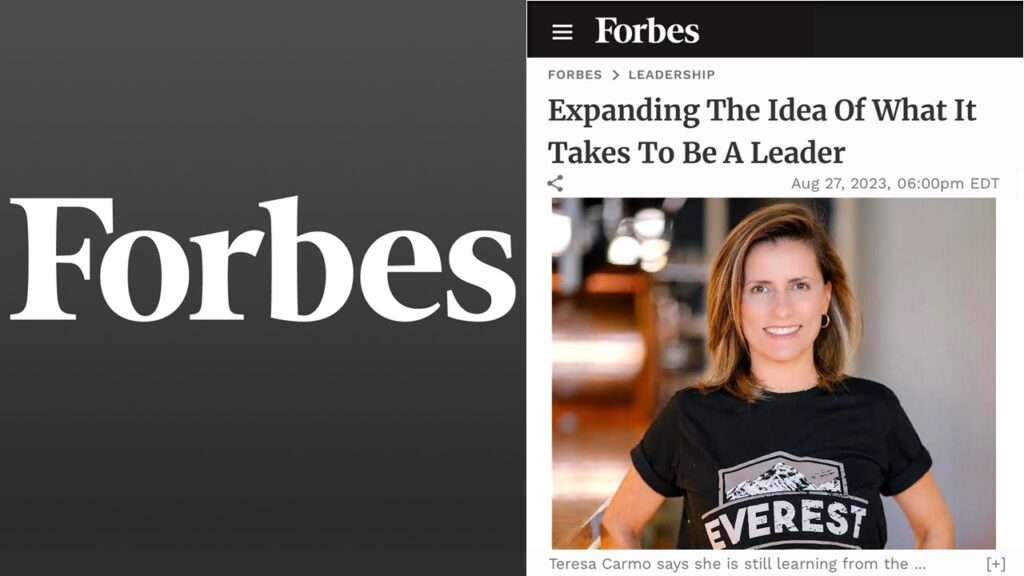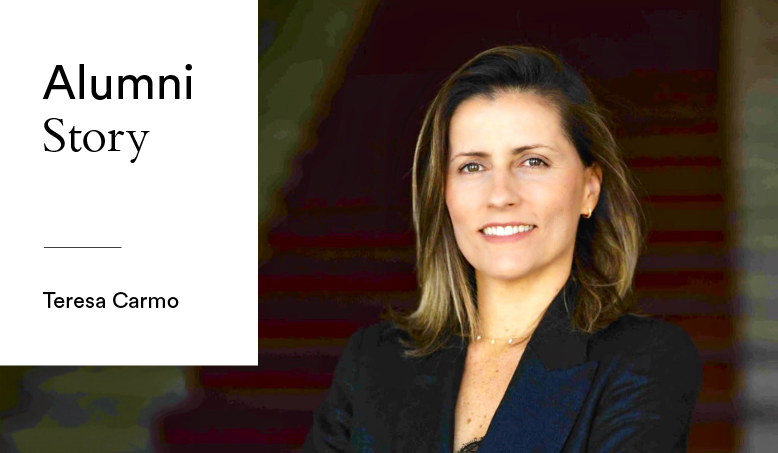From My Hult MBA to Mount Everest: Parallels in Two Incredible Journeys
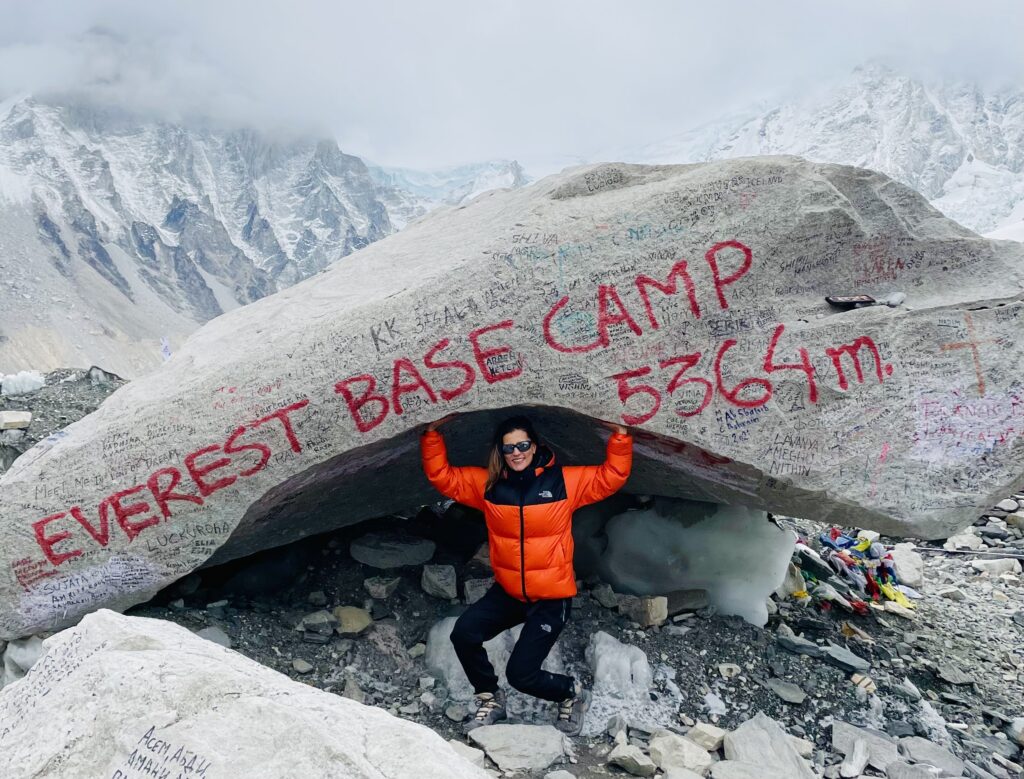

Before my MBA, I had a fulfilling marketing career at Nestlé. But I wanted to internationalize myself and my career. From early on, I felt that I needed to be able to call the whole world “home.” And that’s what took me to Hult in Boston. It meant I could do an American MBA while still experiencing areas of the world that were new to me through Global Campus Rotation. And my classmates were not going to be from a certain country, but from all over the world. I counted over 60 different nationalities in my batch when I finished. That changes you dramatically—it’s a very intense and rich experience. To this day, it’s still one of the best years of my life.
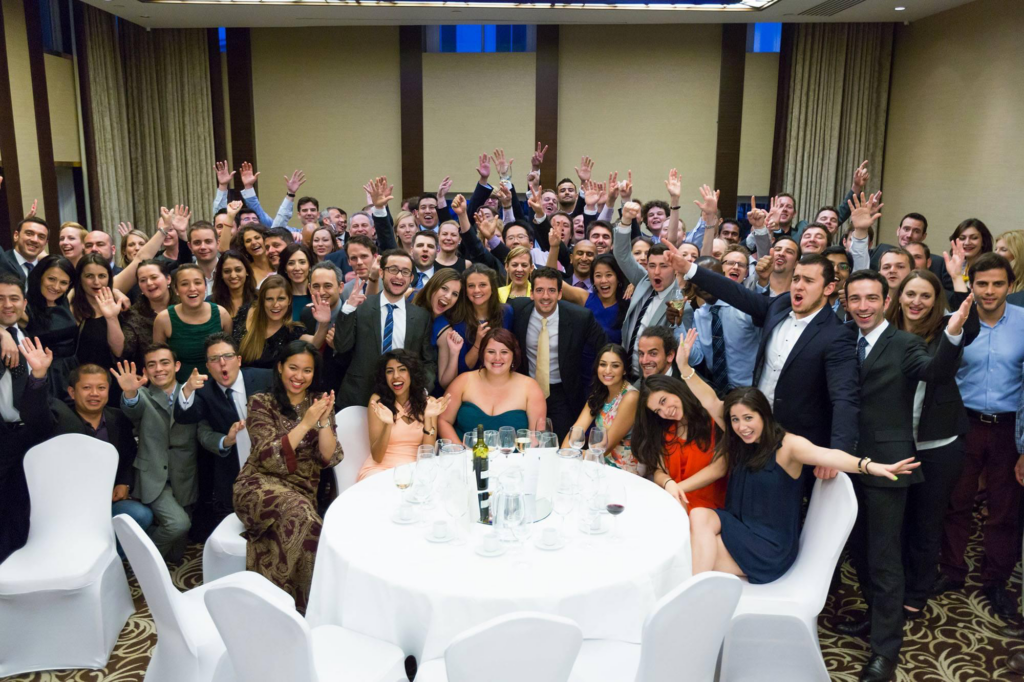

Life After Hult
After graduation, I joined Johnson & Johnson in London. A couple of demanding but rewarding roles came my way. But you know, in the Antarctic, when a penguin starts to feel the ice cracking beneath its feet? It knows then that it’s time for the colony to move on. That’s me when I start to feel too comfortable! The fulfillment is no longer there. So, I turned to my bucket list and embarked on a world trip across four continents. I volunteered for NGOs in Cambodia and Sri Lanka. It was a process of self-discovery that transformed my life.
After that, I was headhunted for Lego into a dream job in strategic marketing, based in the headquarters in Denmark. A special company, journey, mission, and team. But once I started to feel there was more to see, I knew it was time for another dream from my pocket. Being a firm believer that true leadership can change the world, I joined a leadership program at Stanford, and that’s when the Everest base camp trek started niggling at me. It had been on my bucket list for five years.
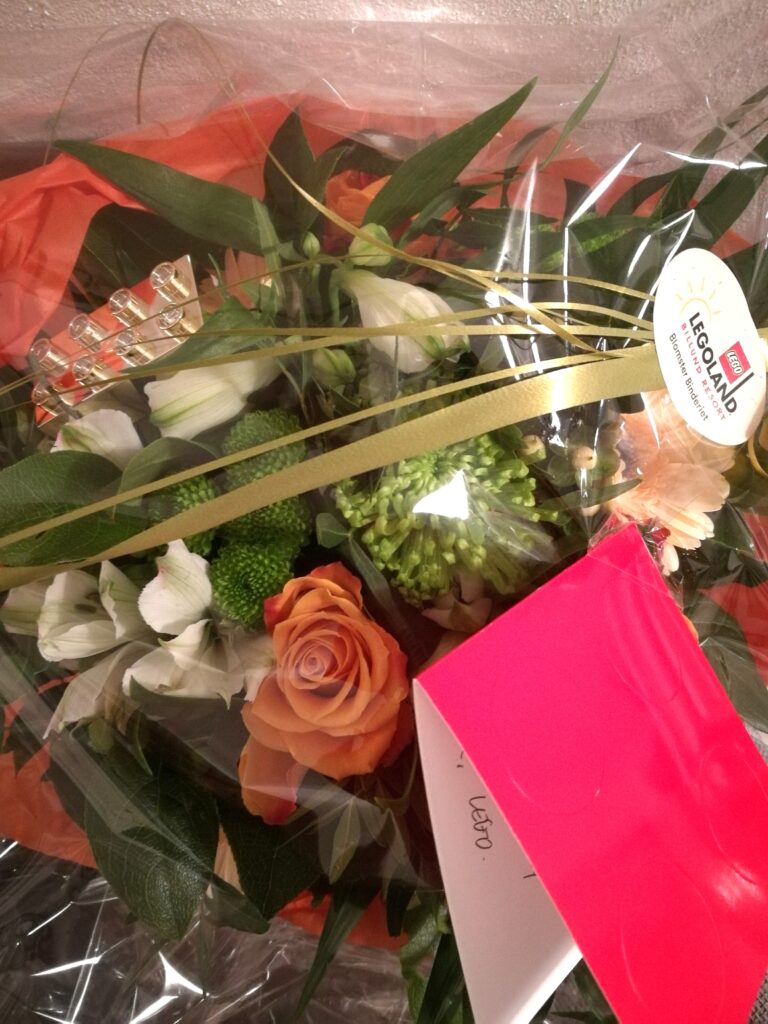

I knew that going to Everest would be special, so I didn’t want to do it alone. I’ve learned that meaningful experiences are best shared. We were four strangers in a group. Life brings the right people together at the right time. Similar to Hult—it’s sharing the experience that makes it so memorable.
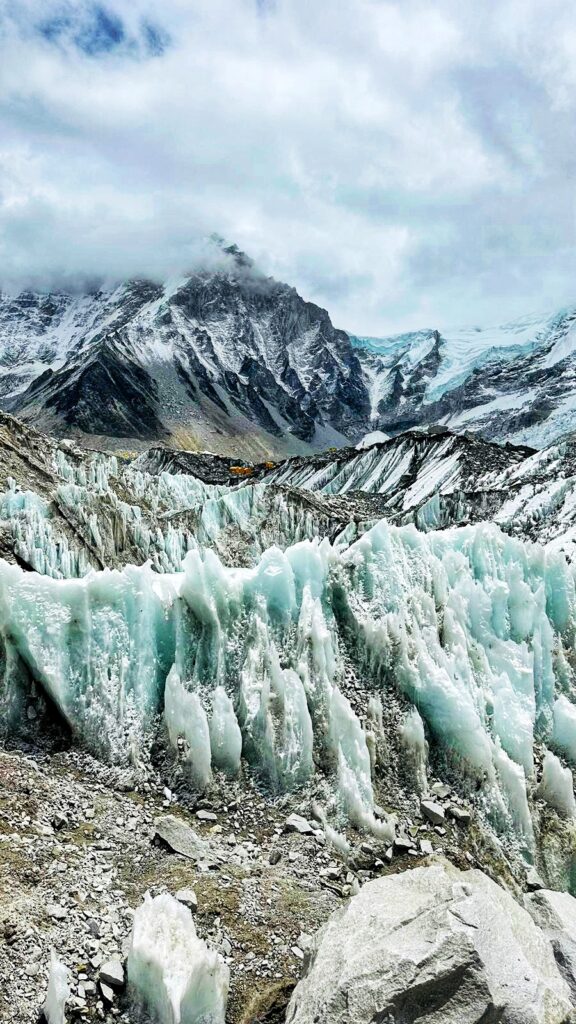

The toughest aspect of the trek is managing your mind
Everest is a great metaphor for life. It’s not just about trekking. Your body goes through a lot of challenges in the high mountains. Think of a blank page, a beautiful and new blank page. And then screw it up! That’s what altitude sickness can do to the body. Oxygen levels are lower, so you can get breathing issues or very debilitating headaches. Basic living conditions, harsh weather, limited food, and cumulative tiredness all add to the fun!
I couldn’t eat in the last three days and I didn’t sleep on the last night before reaching base camp. It was minus 20 degrees during the night. Altitude can be brutal in many ways, so the body is constantly trying to find the resources to deal with all of that. Of course, as in everything in life, it’s not the situation that you need to deal with in the first place—it’s your mind. If you just take that one next step, don’t catastrophize, and trust what you’re capable of, then anything is possible.
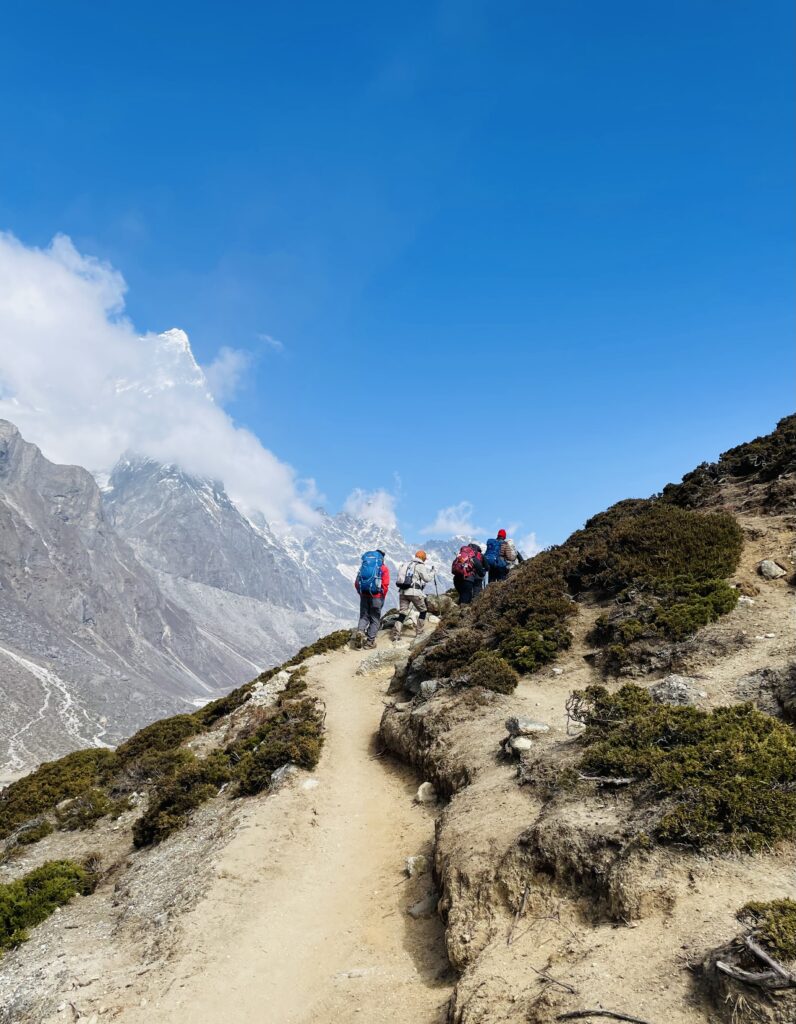

There are many parallels between what leads a person to an MBA and trekking Everest. Here are my two cents on the mentality that might just get you to Hult or Everest Base Camp …
1. Be hungry for life
You know the saying “A life well lived is an act of imagination”? It’s that curiosity that’s always driven me and comes to life through constant change, new experiences, and global exposure. The question I get the most is “Where in the world are you now?” It’s a lot more fulfilling to chase the unfamiliar. The tried and safe path doesn’t pay off to the same degree.
We can easily become set in our ways, even if those ways aren’t serving us well. Don’t settle.
2. Constantly redefine your normal
Normality is restrictive. I like the idea of stretching life’s limits. Whenever I take up a new challenge, I’m mostly interested in the discovery process it offers me. I’ve always been active, but what took me to the Everest was not the fact that I’m sporty. It’s because I’m immensely curious to see beyond what I’ve already seen. And that’s also what took me to an MBA.
An MBA was a monumental step for many of us in my batch. We left our jobs, families, or relationships for expecting more from life. As a leader, you’re the one that brings the vision and raises the standards for the rest of the team.
Each time you take a step in the direction of what isn’t yet normal for you, you’re redefining your new normal. Life expands as a result.
3. Take risks and accept the price
First, think: What is the life I want to live?
Second: Am I willing to pay the price?
For any prize, there’s a price. Nothing in life is single-sided.
I never really wanted to pay the price of staying still. I’ve learned to accept what comes with the hard choices and the bigger leaps.
I remember that Nestlé, in the best possible way, made it hard for me to leave them and join Hult. I counted four different retention offers. But I think it’s when you leave the certain behind and embrace the uncertain that life really happens.
Clarity and willpower along the way will come easier when you’ve accepted the price to pay.
-
Trust the process
Whether it’s becoming a leader, doing an MBA, or trekking Everest—you know why you’re there, but you’re not yet seeing the end of the line. Neither are you able to anticipate the whole process. And for the most part, the path is challenging and can make you question it. Keep the conviction up and trust that the dots will connect down the line.
You’ve got to walk the path to unfold it.
5. Know yourself. Nothing will ever be a better investment!
Leadership to me is a journey of self-awareness. In a recent interview with Forbes, I share my view on the leadership gap. Bridging this gap comes down to understanding human dynamics, starting with self-awareness. Humans are complex, and if you don’t start with a very solid relationship with yourself, you can’t build one with your team.
At Hult, this learning curve can be steep. You have to perform in a team with people from Asia, Africa, Europe, and South and North America—all at the same time! While also dealing with deadlines and living in a new country. This is a solid foundation for future leadership on a global scale.
One of the biggest takeaways from the Everest Base Camp trek is how much it forces us to face ourselves, and fast! Every tiny detail is magnified. We can either be the obstacle on our own journey or the force that gets us to the top. Every day, we face this inner duality. Every day, the choice is at stake. So, unless we’re distracted, we get the bonus of leaving more self-aware.
The more you understand yourself and the life you want to live, the more your decisions will bring you close to that life.
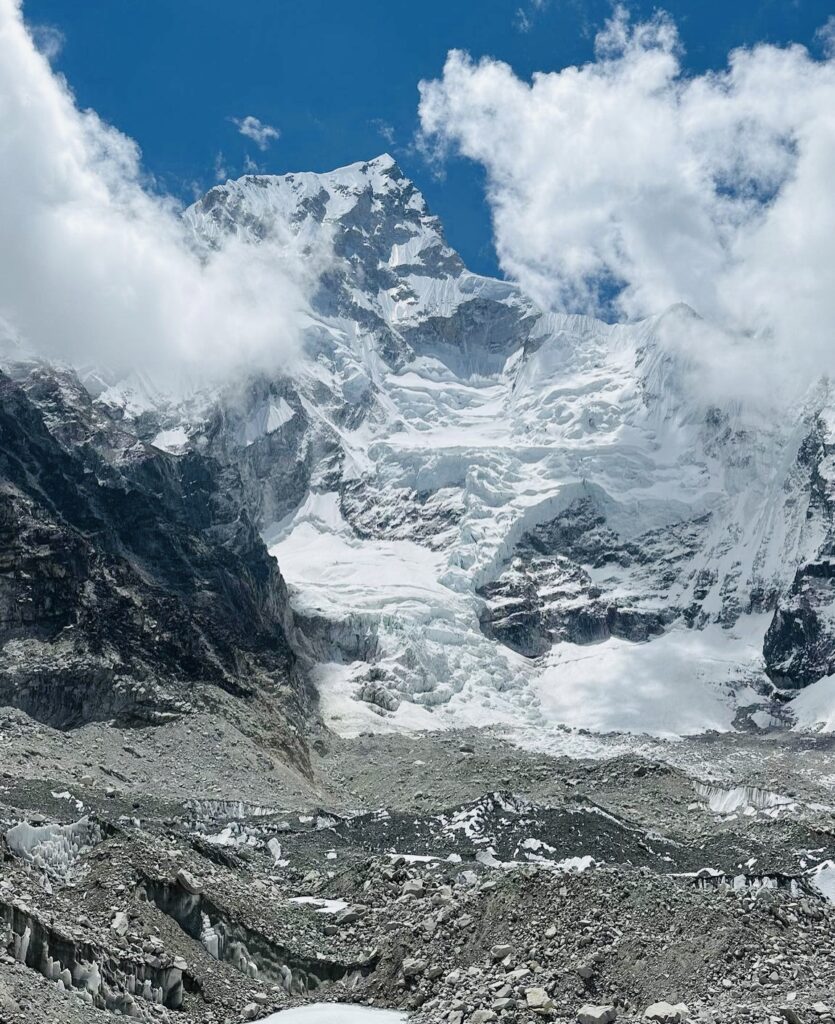

And lastly …
I’ll tell you the last one, which is needed for everything in life. And for sure when it comes to doing an MBA, or being a leader, or trekking Everest. Keep a good level of insanity!
Allow yourself to play with life and see what happens. Experiment. Shake the waters. Don’t get too caught up on rules, job titles, company names … Value how things make you feel over how they make you look. Know what to say “no” to, when to walk away. Know who you are and don’t compromise. Sometimes, you won’t have a clue about the path ahead. Act like you do—keep on walking. Life will reward that.
There isn’t only one way to live life. Set yours, and live it unapologetically!
